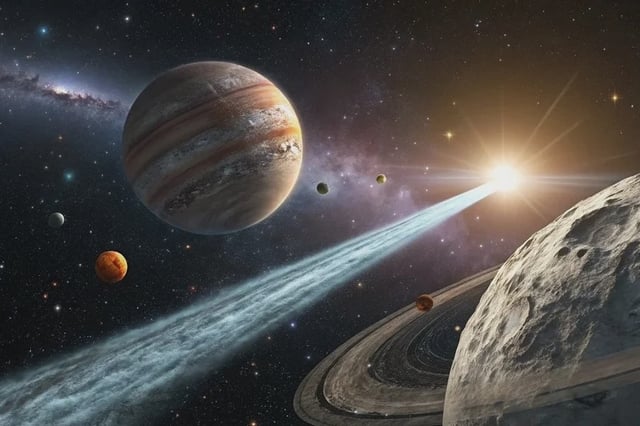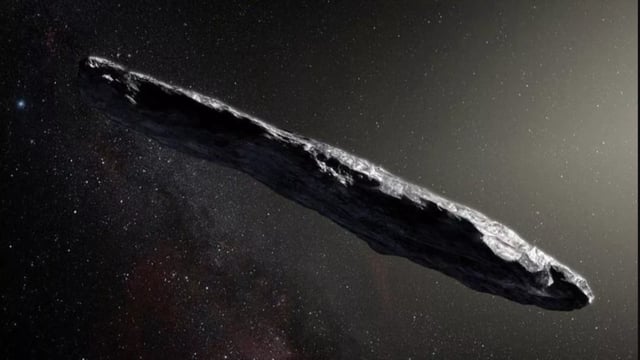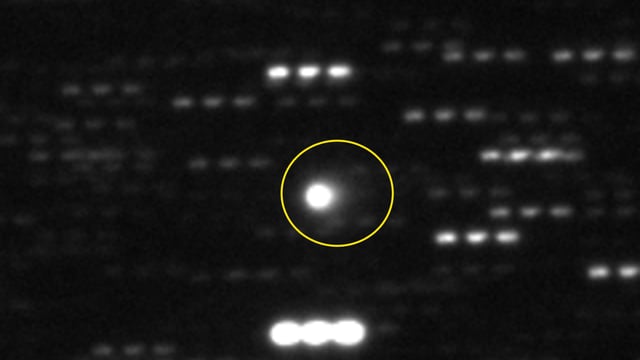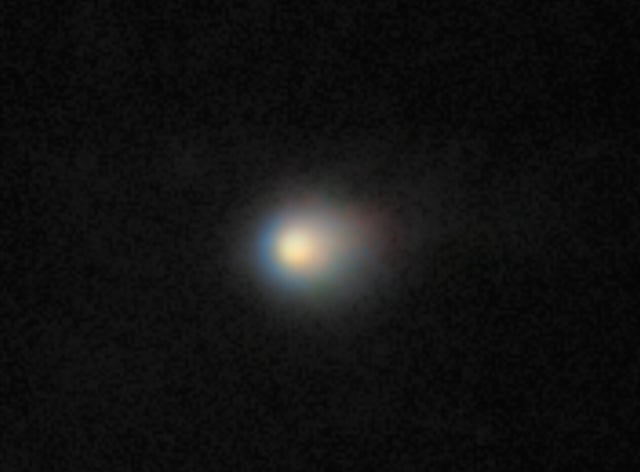Overview
- Discovered on July 1, 3I/ATLAS moves at roughly 152,000 mph, the fastest object recorded in our solar system.
- Early analyses estimate the comet’s nucleus spans up to 20 km and may be older than the Sun.
- Avi Loeb’s unreviewed arXiv paper proposing an alien probe origin has not gained support from peer-reviewed studies.
- Teams at major observatories are using radio monitoring and high-resolution spectroscopy to distinguish natural outgassing from any signs of propulsion.
- Global telescopes will continue round-the-clock observations as the comet approaches Mars’s orbit this autumn.



